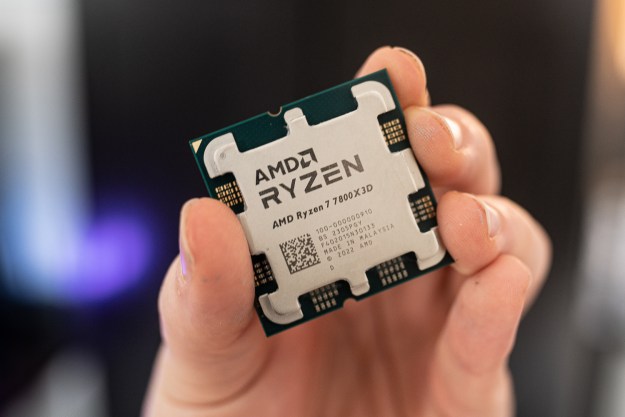
While it’s not clear exactly how long the PC version of Quantum Break has been in development, the fact that it wasn’t made public until this close to its release should have been what poker players call a “tell.” This is especially true considering that it was being bundled with the Xbox One version. Yet again, a PC port exists where it probably shouldn’t have.
Following its launch, Eurogamer’s Digital Foundry called the port “a profound disappointment,” referring to its inability to reach a consistent 60, or even 30, frames per second using an Nvidia Titan X GPU. The frame rate, the report claims, is in turn limited to about 85 percent of the refresh rate of the monitor being used to play the game. This results in poorer performance from distinctly more powerful hardware than the Xbox One.
For PC gamers accustomed to sharp pictures and buttery smooth movements on their expensive rigs, this is basically unacceptable, and rest assured, Remedy is on the case.
“We are monitoring both Windows 10 and Xbox One Quantum Break and figuring out what issues are real and if any are widespread or not,” the developer wrote on Twitter. “Collecting data and researching is slow, but we are on it.”
In a forum post published on Tuesday, the developer revealed that the poor frame pacing is due to a “major rounding error introduced in our refresh rate predictions on shipping.” The company aims to patch this up in a forthcoming update.
Regarding performance issues and crashes, Remedy is collaborating with AMD and Nvidia to bring this up to par with its audience’s expectations. While updating your drivers might solve some of these issues, some reports have claimed headaches such as diminished performance over long-term gaming sessions and crashing upon booting up the game still persist.
Remedy also plans on changing the fact that, as of right now, there is no way to quit out of Quantum Break from within its own menu systems. The inadequate image quality options and presently locked frame rate will also be addressed, though the latter fix won’t be feasible until Microsoft lifts its UWP app restrictions in May.
One of the most prominent issues, however, is the temporal reconstruction technique Quantum Break takes advantage of to avert the strain of a 1080p resolution on the weaker Xbox One hardware. For some reason, this feature also made its way to PC, and not only does it exhibit a mere reconstructed 720p image as opposed to a native 1080p one, but it also brings about an unwanted ghosting effect that could have been avoided by negating this feature altogether on PC.
“Ghosting is just a result of the temporal reconstruction,” Remedy head of PR Thomas Puha tweeted in response to a curious follower. “Just the way we render things.”
He added that any film grain incurred was also “a stylistic choice,” despite not having been asked about it.
Because Quantum Break uses the same reconstruction method on PC as on Xbox One, this problem will not be rectified. Most likely, this means Quantum Break was yet another victim of a half-baked porting job from console to PC.
“When you change the resolution, the buffers used to construct the image are always two-thirds of the set resolution, i.e. 2,560 x 1,440 they would be 1,706 x 960,” the developer explained.
Furthermore, integration with the Universal Windows Platform apparently prevents Quantum Break from being considered anything more than a trial version on PC without the use of a solid state drive. And, because of Nvidia’s negligence of a proper driver update for the game, Quantum Break‘s performance suffers discernibly more with, say, a GTX 970 than with an AMD card.
Although Remedy claims to be working to fend off many of these issues, some complaints won’t be addressed. Multi-GPU support, for instance, will never be present as “the work needed to support multiple GPUs would have been significant” due to the game engine’s architecture.”
Therefore, if you were looking forward to running the game in 4K with a pair of Nvidia Titan Xs, you’re out of luck, as the game will permanently be limited to a single graphics card setup.
From what we know so far, Quantum Break on PC sounds disastrous, though Microsoft has been dedicating itself, gaming-wise at least, almost exclusively to Xbox these past few years. And with the recent launch of the Universal Windows Platform, it may take some time to perfect certain optimizations.
Updated on 04-13-2016 by Gabe Carey: Amended to include new information from Remedy’s community forum post.
Article originally published on 04-11-2016


